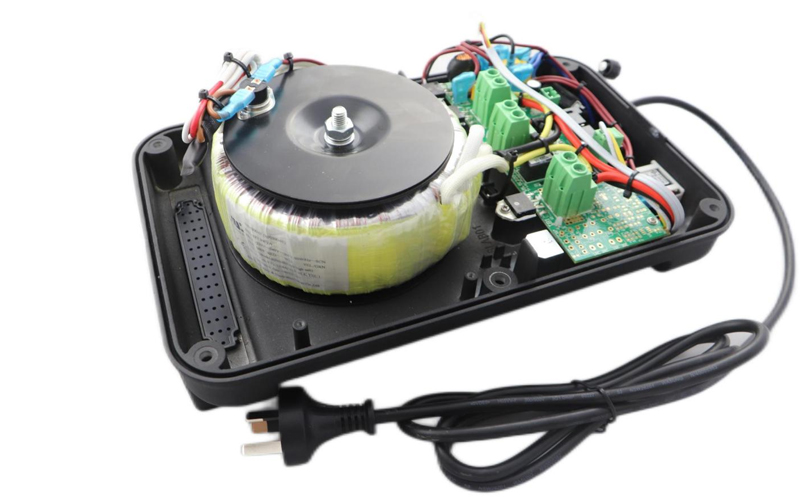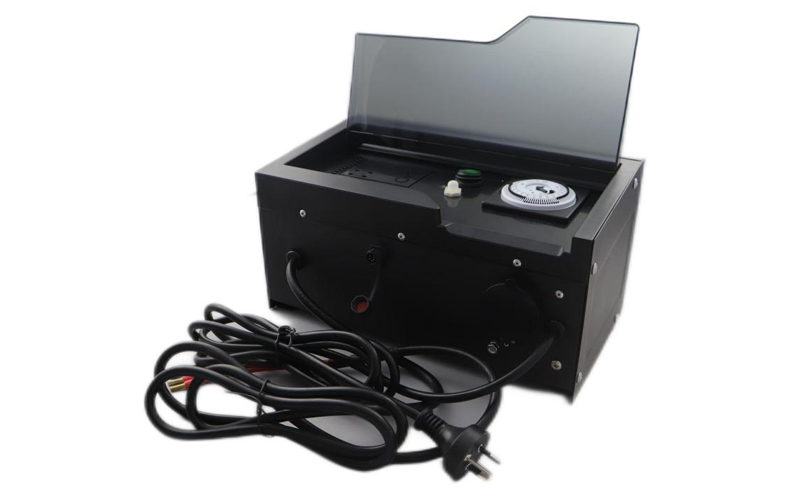For those of you who are new to the electronics manufacturing industry, you may have come across the important concept of "complete assembly". Complete assembly is critical to the assembly of an electronic product, allowing different components to be efficiently integrated into a single enclosure to form a complete product. Mastering the complete assembly process will greatly simplify the complexity of product assembly, reduce costs, and improve yield and quality.
In this article, we'll provide you with an in-depth guide that covers the definition of complete assembly, common service types, processes, and more. We hope that with the help of this guide, you will be able to gain a systematic understanding of complete machine assembly.

Turnkey assembly is the process of assembling, integrating, and testing various electronic components and modules into a fully functional product within a housing or "box". It involves printed circuit boards loaded with components (called PCB assemblies), interconnecting them with wiring harnesses, and adding electromechanical parts such as power supplies, connectors, switches and sensors, and other hardware. All of these components are assembled and mounted into frames or housings made of metal or heavy-duty plastics that can withstand harsh physical environments.
The end result of the complete assembly process is a fully assembled unit of electronics that can be integrated into final applications such as medical devices, industrial control systems, telecommunication equipment, and many other electronic products we use every day. Complete box build assembly china requires collaboration between design engineers, sourcing specialists, and manufacturing technicians to take a product from initial conceptualization to prototyping, testing, commissioning, and ultimately volume production.
Printed Circuit Board (PCB) such as fr4 printed circuit board- The core circuit board that contains the electronics and components of a product. May include main control boards, peripheral boards, power supply boards, etc.
Power Supply - Converts and regulates voltage levels to power a system. May be an AC-DC converter, DC-DC converter, or custom power module.
Wire Harnesses and Cables - Interconnect PCBs and devices. May have connectors, terminals or splices. Usually custom designed for the product.
Electromechanical Components - Switches, relays, pushbuttons, sensors, motors, shutters, and other mechanical/electrical components.
User Interface Components- Displays (LCD, LED segments, OLEDs), keypads, touchscreens, buttons, switches, lights, speakers.
Housings and Enclosures- Protective metal or plastic cases that surround internal components. Can be custom factory or off-the-shelf.
Hardware- Nuts, bolts, brackets, brackets, rails used to mount and position components inside the enclosure.
Battery Pack- Rechargeable lithium batteries or custom battery packs used as backup power.
Heat Sinks and Fans- To dissipate heat generated by high power components. Passive heat sinks or active fans.
Connectors and Wiring- External connections for data, power, peripherals, antennas, etc. Common types are USB, HDMI, RJ45, DB9.
Custom Shielding- Metal shielding for EMI/RFI protection or to divide high/low voltage areas.
Specific components vary greatly depending on the application of the product.
The complete assembly process involves assembling an electronic product or system into a final enclosure or "box". This process may vary depending on the complexity of the product and the capabilities of the manufacturer, but the following is a general overview of the complete assembly process:
Design and Planning
Define product specifications, functionality and requirements.
Create detailed assembly and manufacturing instructions.
Component Procurement
Procure all necessary components, including PCBs, connectors, switches, displays, cables, power supplies, and any other electronic parts required for the product.
Pre-Assembly Preparation
Prepare the enclosures or boxes to house the components.
Prepare all necessary mechanical components such as fasteners, brackets, and mounting hardware.
Assembly Mounting
Assemble the printed circuit board and other electronic components into the enclosure according to the assembly instructions.
Secure the assembly in place using appropriate methods such as screws, clips, or adhesives.
Cable and Harness Assemblies
Route and connect cables and harnesses between components according to design.
Secure cables and wires to prevent interference and ensure proper cable management.
Power Supply Integration
Integrate power supplies, batteries and charging circuits if required.
Ensure proper connection and safe integration of power supplies.
Mechanical Assembly
Assemble all mechanical parts required for the final product, such as housings, covers and structural components.
Secure mechanical parts with appropriate fasteners.
Software and Firmware Loading
If applicable, load software or firmware onto integrated components, such as microcontrollers or processors.
Ensure programming is accurate and complete.
Calibration and Testing
Calibrate sensors and components that require accurate measurements.
Perform functional tests to ensure that all components work properly and interact as expected.
Perform electrical testing to verify proper connections and functionality.
Quality Control
Inspect assembled products for any defects, errors, or discrepancies.
Ensure products meet quality standards and specifications.

Provide Detailed Documentation: Have comprehensive documentation such as schematics, BOMs, mechanical drawings, assembly instructions, test specifications, etc. to avoid ambiguity.
Design for manufacturability: Seek design guidance from your EMS partner as early as possible Design choices affect ease of assembly, cost, quality, and lead time.
Use standard components wherever possible: Whenever feasible, choose common off-the-shelf parts over customized components to aid sourcing and improve quality.
Rationalize BOM to avoid parts obsolescence: Review BOMs regularly and design out parts that will become obsolete to avoid confusion.
Quality control programs: Implement incoming material inspections, in-process inspections, automated testing, and other quality procedures with clear acceptance/rejection criteria.
Validate builds using prototypes: Prototype initial complete machine builds to validate design, manufacturing processes, and test coverage prior to full production.
Communicate schedule requirements: Provide your EMS partners with forecasts of expected demand and lead time goals early in the process.
Visit EMS facilities whenever possible: See first-hand their production capabilities, quality control and automation to gain confidence.
GreensTone electronics is a electronics manufacturer in China with over 10 years of experience in electronics assembly. Our team has the expertise and knowledge to effectively execute box assembly projects. We are fully capable and competent to handle all aspects of the build process smoothly. If you are looking for more information about this critical technology, or if you would like to receive a quote for our china prototype pcb assembly services, click www.greenpcba.com to start the process today.
